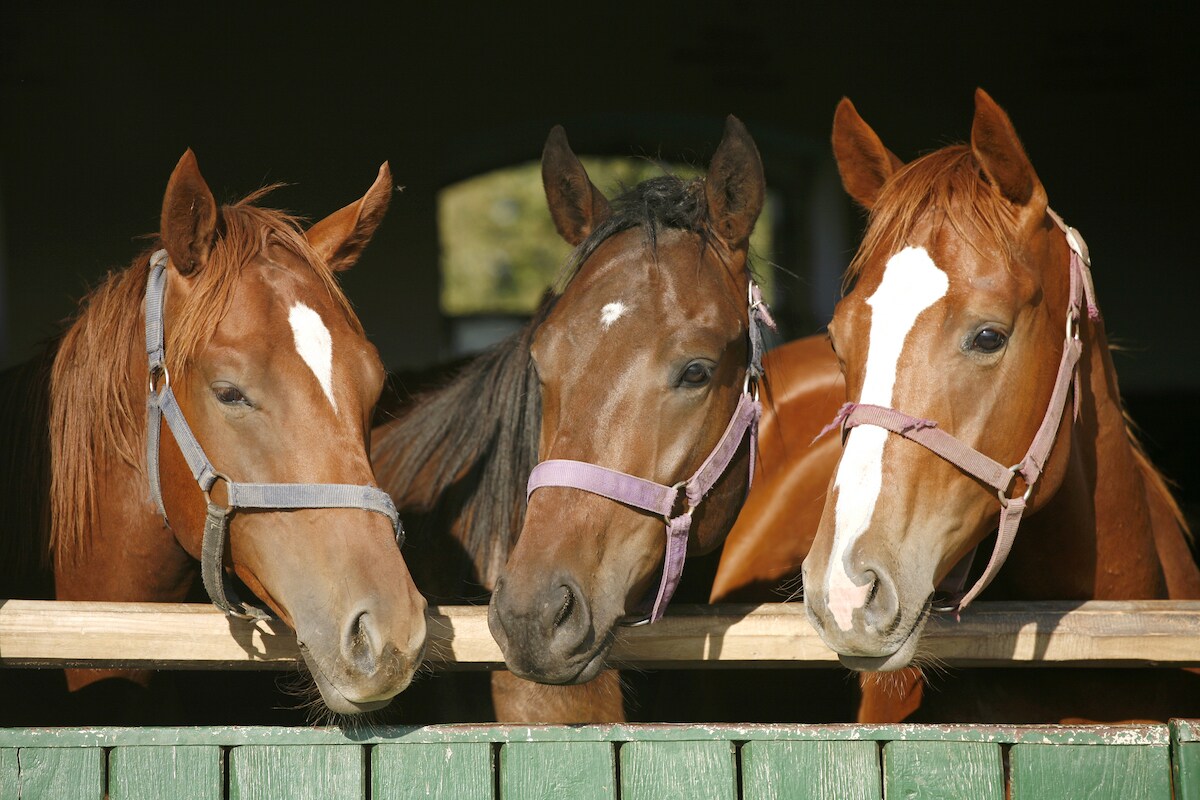Verifying, establishing, and maintaining pedigree records for animals is a sophisticated and longstanding practice, and one that has changed dramatically over the years. For Weatherbys Scientific, that means bringing cutting-edge genotyping-by-sequencing technology into this venerable field.
 Weatherbys Scientific established the first equine studbooks for the United Kingdom and Ireland and has maintained them for the past two and a half centuries, guiding the careful line breeding of fine horses and helping their owners know the value of their stock. As Paul Flynn, the head of research and development, describes it, Weatherbys’ role is to “reassure integrity of pedigree verification using the technology of the time,” and the company has embraced new developments in genotyping technologies to always stay on the cutting edge of pedigree verification.
Weatherbys Scientific established the first equine studbooks for the United Kingdom and Ireland and has maintained them for the past two and a half centuries, guiding the careful line breeding of fine horses and helping their owners know the value of their stock. As Paul Flynn, the head of research and development, describes it, Weatherbys’ role is to “reassure integrity of pedigree verification using the technology of the time,” and the company has embraced new developments in genotyping technologies to always stay on the cutting edge of pedigree verification.
For a long time, the technology of the time included blood typing, microsatellite markers or short tandem repeats (STRs). Now, the next frontier in equine pedigree verification is making the transition from STRs to single-nucleotide polymorphism (SNP) markers.
Why SNPs?
Weatherbys Scientific performed a pilot trial alongside Thermo Fisher Scientific to test 562 equine SNPs using a targeted genotyping-by-sequencing (GBS) protocol. They compared the results to their previous, established STR protocol. Flynn reports that “those 514 SNPs perform very well in terms of call rates and genotyping performance across platforms” and are more accurate and informative than STR reads, due in part to the much larger number of markers on SNP panels. SNP panels can measure tens of thousands of SNP targets, where tandem repeat assays usually have several orders of magnitude fewer markers to examine. This difference gives SNP assay results much greater resolution and much greater decision-making power.
AgriSeq: The Next Step
Keeping the studbook validated is an ongoing process that requires continuously updated technology, and SNP panels such as AgriSeq Targeted Genotyping-by-Sequencing panels are an increasingly obvious next step for the industry. The Agriseq equine GBS panel, as Flynn tells it, “is going to really facilitate the transition that the industry is…about to undertake” away from STRs and toward SNPs, in large part because of its flexibility and ability to expand as the needs of the pedigree verification industry continue to grow. AgriSeq panels and similar tools, starting with low-density GBS panels, would “bring the equine industry into the genomics revolution.”
SNP panels also leave laboratories well placed to encounter, study, and track novel gene variants, which can improve pedigree analysis, biomedical research, and more, and the possibility of novel variants is something that new labs in this field should particularly expect and know how to use.
Working With Thermo Fisher Scientific
Paul Flynn summarizes his experience working with Thermo Fisher Scientific simply: “It has been a positive experience.” The Thermo Fisher Scientific team carefully supported Weatherbys through bioinformatics to establish the panel, all the way to wet lab work and data analysis, to make sure that the AgriSeq equine Genotyping-by-Sequencing panel serves their needs as well as it possibly can.
For more information about AgriSeq gene panels and other companion animal research products, click here. To contact us regarding AgriSeq products, click here. For Thermo Fisher Scientific’s agrigenomics brochure, click here.
For research use only. Not for use in diagnostic procedures.
Leave a Reply